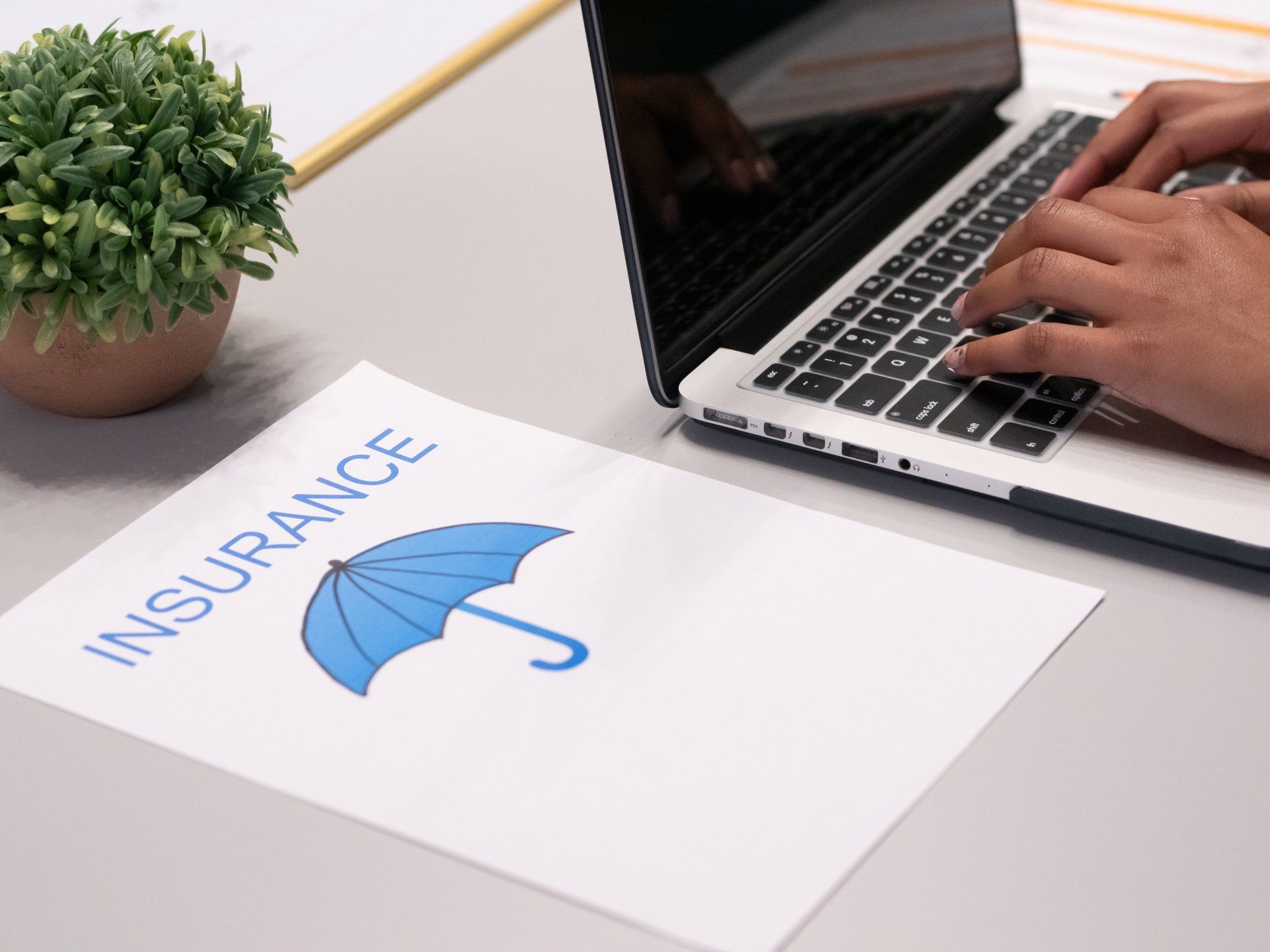Shield your Business During Coronavirus
If you’re a business owner you need a plan to shield your business during the coronavirus pandemic. To keep your company healthy during the coronavirus pandemic and positioned well for success when it’s over, take advantage of these contingency and business planning tips.
Put health and safety first
If you’re a sole proprietor, prioritize your health first. Limit your travel and maximize home office communication and collaboration tools.
If you have employees, keep them informed of travel restrictions, government announcements, and offer them work from home options. If that’s not feasible and your business is considered essential, take steps to minimize virus transmission risk at your place of work. This includes social distancing, splitting shifts, and frequent sanitization.
It’s also wise to establish procedures for staff to report if they are feeling unwell, are absent, or if they suspect exposure to the coronavirus or infection.
Assess the impact on operations
What will happen to your business during this crisis? To help answer that question, run best-case and worst-case scenarios and develop contingency plans for each. Include timeframes in your assessment that consider the impacts of the pandemic if it becomes a six-month, one-year problem, or more (let’s hope that’s not the case).
For example, if critical personnel became sick or had to look after family members, how will your business accommodate these changes? Try to identify others who can step in and learn key tasks such as retirees, family members, or independent contractors and freelancers.
If your customers close operations for a few weeks or months, what impact will that have on your revenue forecast and sales cycle? Likewise, if government authorities require that you cease or adjust operations – for some the 2nd or 3rd time – what adjustments could you make to protect employee, revenues, and continue to serve customers?
Telework has skyrocketed during this crisis and should be accounted for in your plan. Implement work from home policies and technologies that support collaborative and secure at-home work (home networks and devices are susceptible to security vulnerabilities). This guide from the Small Business Administration (SBA) can help you assess your cyber risk and take steps to improve your security posture.
Reach out
Develop a communication plan to reach out to your clients, partners, suppliers, investors, and other stakeholders. Keep them abreast of your business policies at this time, any changes to operations, or new ways you can serve or collaborate with them.
Be ready to adapt
COVID-19 is changing our lives in ways and at a scale we could never have imagined. The business plan you had 90-days ago isn’t what it is today. You need a plan to adapt and reconfigure your business for each stage of this crisis. If it’s a short-term problem, then cutting costs and other variable spending like marketing, new hires, and travel may help you through.
If your business has seen immediate impacts, look for ways to support your client needs or diversify your products and services during this time. For example, dog walking companies are keeping revenue flowing in creative ways. Some are helping clients in vulnerable age and health groups by doing their grocery runs. Others are finding new clients among at-risk groups or families with home-schooled kids who are suddenly in need of a dog walker.
It’s hard to look and plan too far ahead. However, if the pandemic and lockdowns continue, or escalate, then you need another contingency plan; one that looks at renegotiating fixed expenses, cutting benefits, even layoffs.
Evaluate your finances
Any emergency or contingency plan should account for financial risks and impacts. Regularly update and track your cash flow forecast and look for opportunities to reduce non-critical expenditure. Also, review your accounts receivable and assess any credit risks.
Do you have a financial safety net that you can draw on? Many business owners have savings they can draw on. Another option is to secure a business line of credit before you need it, so you can draw on funds during a disaster or pandemic.
Alternatively, consider small business financial assistance programs to help you cover business expenses such as those administered by the Small Business Administration (SBA). Under the CARES Act, SBA is providing low-interest disaster recovery loans up to $1 million to businesses impacted by the situation. These loans, funded by banks but guaranteed by the SBA, can be used to pay fixed debts, payroll, accounts payable and other bills. Longterm repayments up to a maximum of 30 years keep payments affordable.
The CARES Act also offers small business owners a $10,000 advance on an Emergency Economic Injury Disaster Loan (EIDL) that does not have to be paid back. The program provides loans up to $200,000.
In addition to SBA loans, the federal government is also offsetting paid sick and paid leave costs for employers with an employer tax credit, equal to 100% of benefits paid. Self-employed individuals will also benefit from an additional $600 in unemployment insurance for up to four months – an important safety net that they generally don’t qualify for.
Stay on top of that fast-changing compliance landscape
If you operate an LLC, keep an eye on shifting developments at the government level that directly affect your work such as filing documents and turnaround times. Many Secretary of State offices have eliminated expedited services, while others habe removed or greatly restricted counter service. Having a remote workforce can also introduce new state compliance requirements that must be considered such as state payroll and income tax filing, or the need to register to do business in a new state.
Be prepared for the light at the end of the tunnel
With your employees safe and healthy, and your operational and financial impacts mitigated as best you can, take stock and think about how you’ll successfully restore operations when the COVID pandemic is over.
This is likely to be a life-changing event that could bring a wealth of new opportunities for startups and small business owners. Look for immediate gains like renegotiating contracts with suppliers and vendors. Listen to your customers and find ways to serve them. Find ways to introduce greater efficiencies into your business, such as reducing your physical footprint by making permanent your work from home policies. And consider your financial situation. Are there measures you can take to ensure you have healthy cash flow and a safety net going forward?
None of us knows what’s coming next or if we’ll face a pandemic like this again in our lifetimes. But it pays to have a plan to shield your business during the Coronavirus pandemic and ensure it’s in a strong position for recovery once it has passed.
We hope this was helpful! As always, follow us on Facebook , Instagram , and LinkedIn – and check out our blog for new content daily discussing topics on everything from the insurance industry to personal care tips.
Source material from Wolters Kluwer
The post Shield your Business During Coronavirus appeared first on Momentum Insurance.










